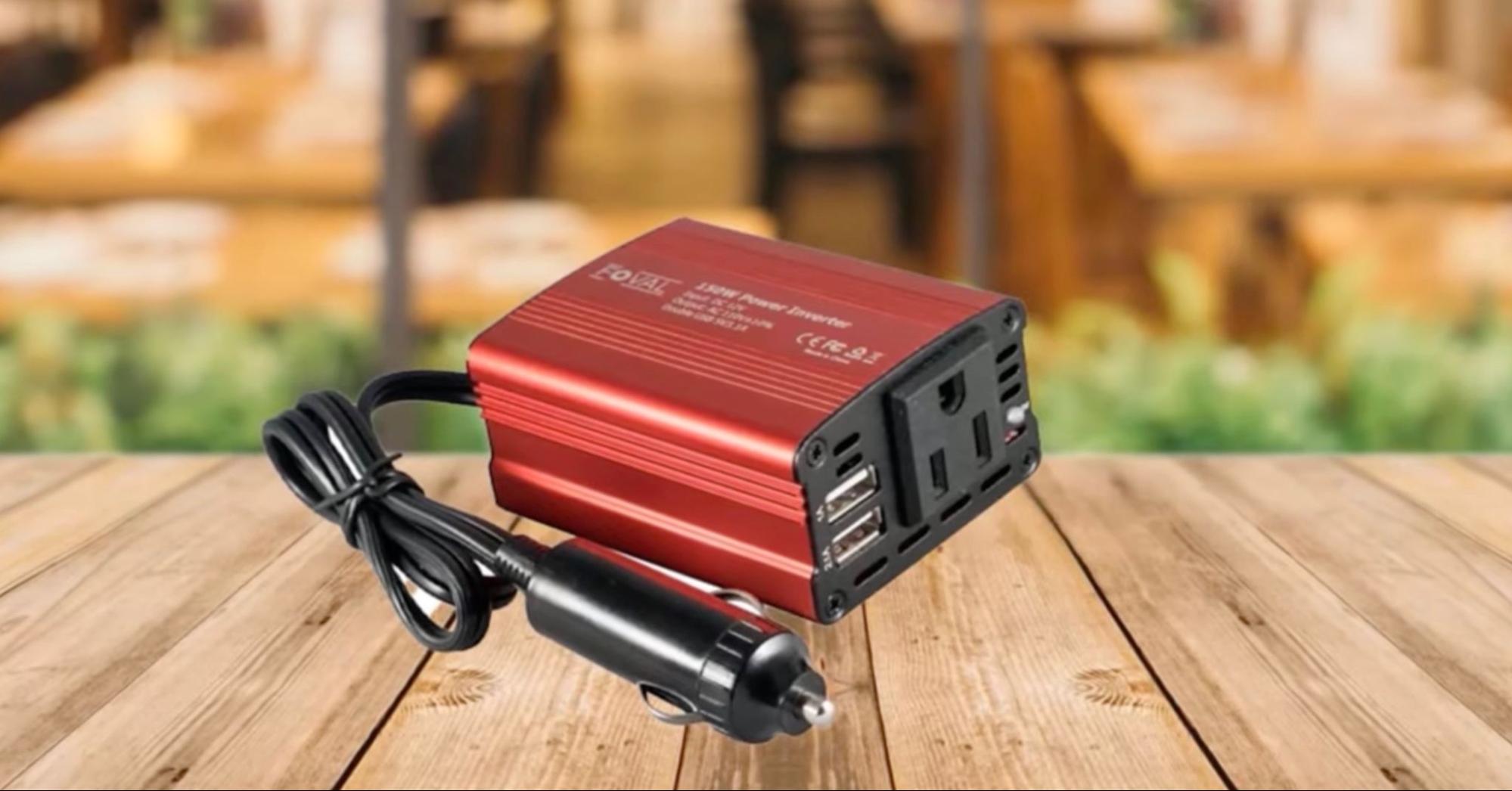
Choosing the Right Power Inverter for Your Laptop
- Power Inverter Compatibility: When selecting a power inverter for your laptop, it’s crucial to consider its compatibility with your device. Not all power inverters are designed to work with laptops, so you want to ensure that you choose one specifically built for this purpose. Look for inverters labeled as “laptop-friendly” or those explicitly mentioning laptop compatibility.
- Wattage Requirements: Another important factor to consider is the wattage requirements of your laptop. Different laptops have varying power consumption levels, and it’s essential to select an inverter that can handle the specific wattage needed by your device. To determine this, check the specifications of your laptop or its power adapter. It will usually indicate the required wattage (e.g., 65W or 90W). Ensure that the power inverter you choose has a higher wattage rating than what your laptop requires to accommodate any additional power needs.
- Input and Output Ports: Next, pay attention to the input and output ports of the power inverter. The input port connects to your car’s cigarette lighter socket or another DC power source, while the output port connects to your laptop. Make sure that these ports match both your car’s socket type and your laptop’s charging port. Commonly used connector types include USB-A, USB-C, and proprietary connectors like MagSafe or Lenovo Square Tip.
Additionally, some power inverters may offer multiple output ports, allowing you to charge other devices simultaneously. This can be beneficial if you need to charge more than just your laptop on-the-go.

Power Inverters for Laptops in Cars
When it comes to using power inverters in cars, safety should be a top priority. These devices can be incredibly useful for charging laptops and other electronic devices on the go, but it’s important to follow some precautions to avoid any potential hazards. Here are a few tips to ensure your safety while using power inverters in cars:
- Choose the Right Size and Type of Power Inverter: Before purchasing a power inverter, make sure you select the right size and type for your specific needs. Consider factors such as wattage requirements, voltage compatibility, and output waveform. It’s essential to choose an inverter that is compatible with your car’s electrical system and can handle the power demands of your devices.
- Proper Installation: Installing a power inverter correctly is crucial for both functionality and safety. Follow the manufacturer’s instructions carefully or consult a professional if needed. Ensure that all connections are secure and well-insulated to prevent any accidental short circuits or electrical shocks.
- Use Dedicated Outlets: To avoid overloading the car’s electrical system, it’s recommended to use dedicated outlets designed specifically for powering electronic devices through an inverter. Avoid plugging multiple high-power devices into a single outlet as this can exceed its capacity and potentially lead to overheating or malfunctioning.
- Regularly Inspect Cables and Connections: Periodically check the cables, connectors, and wiring of your power inverter setup for any signs of wear or damage. Frayed wires or loose connections can cause electrical issues or even pose fire risks. If you notice any problems, replace damaged components immediately.
- Disconnect When Not in Use: When you’re not actively using your laptop or other devices connected to the power inverter, disconnect them from both the device side and the vehicle’s battery side. This helps conserve battery life and reduces any chances of accidental discharge or drain on the car battery.
By following these safety measures, you can enjoy the convenience of using power inverters in cars while minimizing potential risks. Remember to prioritize safety at all times and consult professionals or seek expert advice if you have any concerns or specific requirements for your setup.



